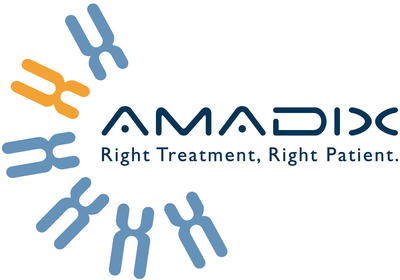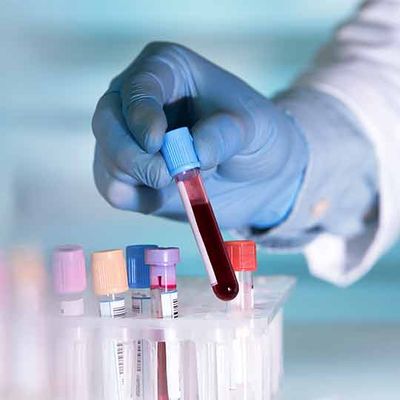


DiagnoLung - Non-Invasive Early Detection Test Cutting Edge Liquid Biopsy Technology for Lung Cancer
It can also be used as a tool for a high-risk screening population in combination with Low Dose Computed Tomography (LDCT). DiagnoLung identifies and measures proteins which are differentially expressed in blood samples of individuals with Lung Cancer
How does it work?
- Biomarker signature
- Non-invasive test in blood
- Easy, low cost and a common technique for hospitals and laboratories
- Confirmation of lung cancer and risk assessment of Incidental Pulmonary Nodules (IPNs) in positive Low Dose Computed Tomography (LDCT) patients and that are incidentally detected.
DiagnoLung is intended for:
- The risk assessment for malignancy of Incidental pulmonary nodules (IPNs):
- Incidentally detected
- Positive Low Dose Computed Tomography patients, improving the performance of the Low Dose Computed Tomography screening program
- The confirmation of lung cancer in inconclusive diagnostics.
In patients with indeterminate pulmonary nodules, between 6 and 30 mm, DiagnoLung would allow physicians to identify patients with likely benign nodules who would become candidates for serial Computed Tomography (CT) monitoring within 2 years.
In a screening context, DiagnoLung is indicated to confirm positive Low Dose Computed Tomography (LDCT) results that may indicate the presence of lung cancer and should be confirmed with an invasive test (biopsies).
Performed in conjunction with a biopsy, DiagnoLung can be used to confirm cancer in patients with inconclusive cytological and histological analysis (in a clinical context, it is not possible to confirm the diagnosis in up to 50% of first bronchoscopies).
It is not a replacement for diagnostic methods or the monitoring of high-risk individuals (50 to 80 years old and in fairly good health, who currently smoke or who have quit in the past 15 years and have at least a 20 pack/year smoking history).
